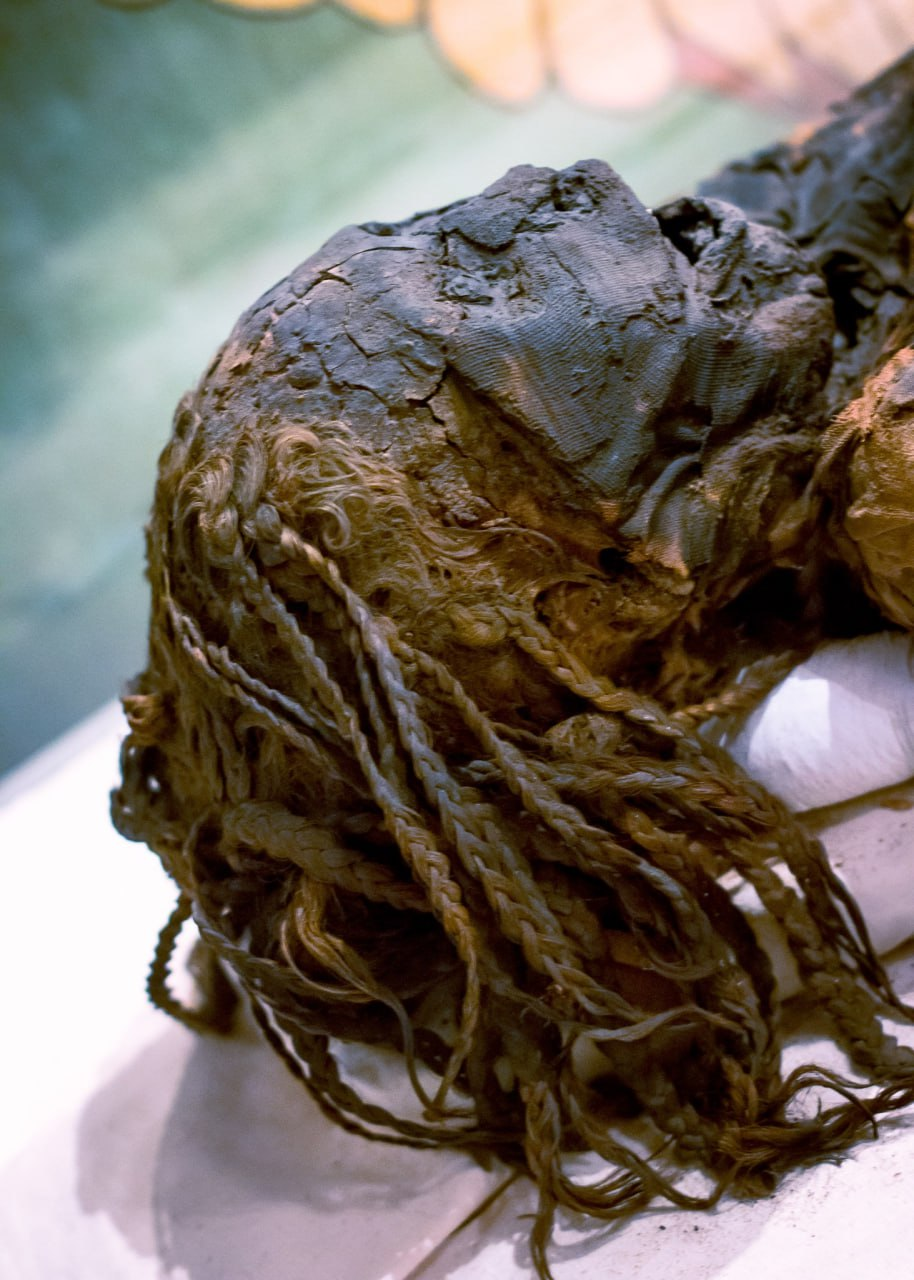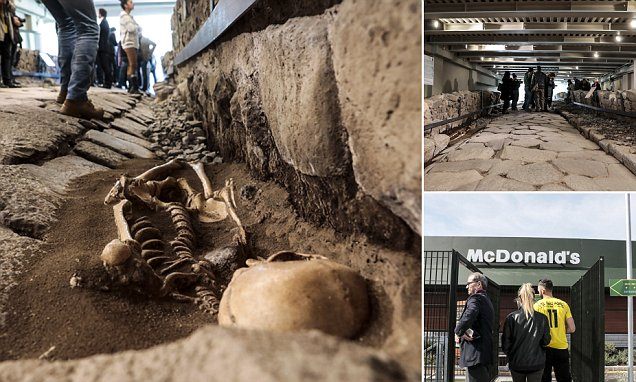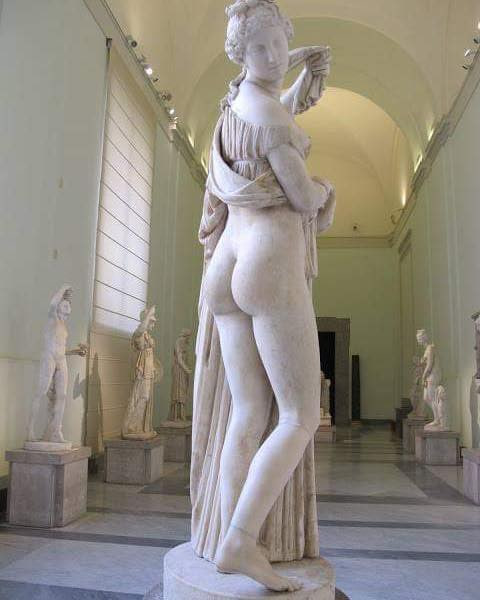Nestled among the vast collection of artifacts at The British Museum lies a captivating relic from the ancient Roman world—a lamp adorned with an erotic scene. Dating back to the period between 30 and 70 CE, this lamp offers a tantalizing glimpse into the sensual and sometimes provocative nature of Roman culture. In this blog post, we embark on a journey to uncover the secrets of this intriguing artifact, exploring its historical context, artistic significance, and enduring allure.
A Window into Ancient Sensuality: The Roman Lamp
The Roman lamp with an erotic scene is a testament to the rich tapestry of life in ancient Rome. Crafted from terracotta, this lamp served a practical purpose as a source of illumination in Roman households. However, it is the intricately detailed erotic scene adorning its surface that truly sets it apart. Depicting a couple engaged in an intimate embrace, the scene offers a voyeuristic glimpse into the private lives and desires of the ancient Romans. Such lamps were likely used in the boudoirs of wealthy patrons or during private gatherings, adding an element of titillation to the ambiance.

Artistic Expression and Social Commentary
Beyond its utilitarian function, the lamp with an erotic scene is a work of art that speaks to the artistic sensibilities of ancient Roman society. The craftsmanship and attention to detail displayed in the depiction of the erotic scene demonstrate the skill and mastery of Roman artisans. However, the presence of such explicit imagery also serves as a reflection of the broader cultural attitudes towards sexuality and eroticism in ancient Rome. Far from being taboo, erotic art and literature were embraced as a natural part of human experience, celebrated in both public and private spheres.

Interpreting the Erotic Scene: Symbolism and Meaning
The erotic scene depicted on the Roman lamp invites interpretation and speculation about its deeper meaning. While it undoubtedly serves as a form of entertainment and arousal, it may also carry symbolic significance related to fertility, love, and the pursuit of pleasure. In the context of Roman society, where sexual prowess and virility were highly valued, such imagery may have been seen as a manifestation of strength and vitality. Additionally, the portrayal of intimate moments between lovers may have served as a form of escapism from the rigors of daily life, offering a glimpse into a world of passion and desire.

As we marvel at the Roman lamp with its erotic scene at The British Museum, we are reminded of the timeless allure of human desire and the enduring legacy of ancient civilizations. Through artifacts such as this lamp, we gain a deeper understanding of the complexities of Roman society, from its artistic expression to its social mores. While the lamp may have been relegated to the shadows of history, its discovery and display in a modern museum setting allow us to continue exploring and appreciating the richness of the ancient world.
Archaeological Significance:
The Roman lamp with an erotic scene serves as a poignant reminder of the importance of archaeology in preserving and interpreting the material culture of past civilizations. Through careful excavation and analysis, archaeologists unearth artifacts like this lamp, shedding light on aspects of ancient life that may have otherwise been lost to the sands of time. By studying and interpreting these artifacts, we gain valuable insights into the social, cultural, and artistic practices of ancient societies, enriching our understanding of the human experience across time and space.






